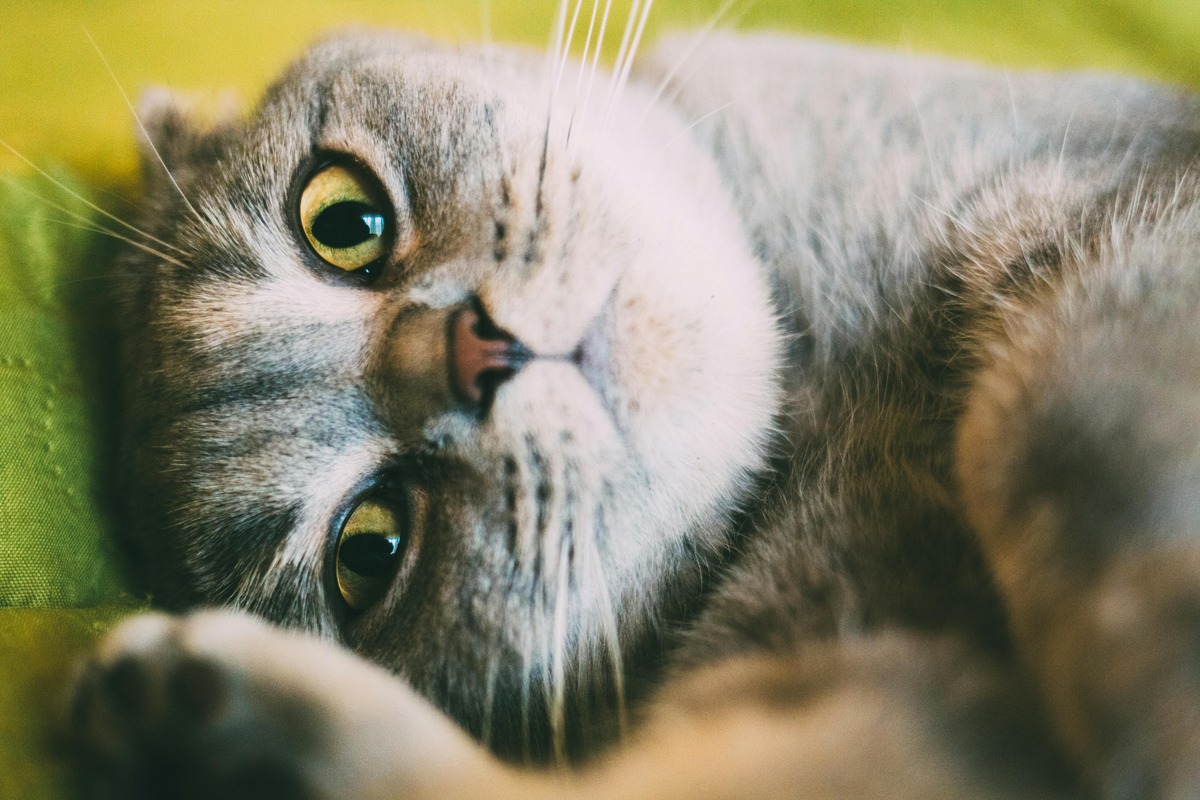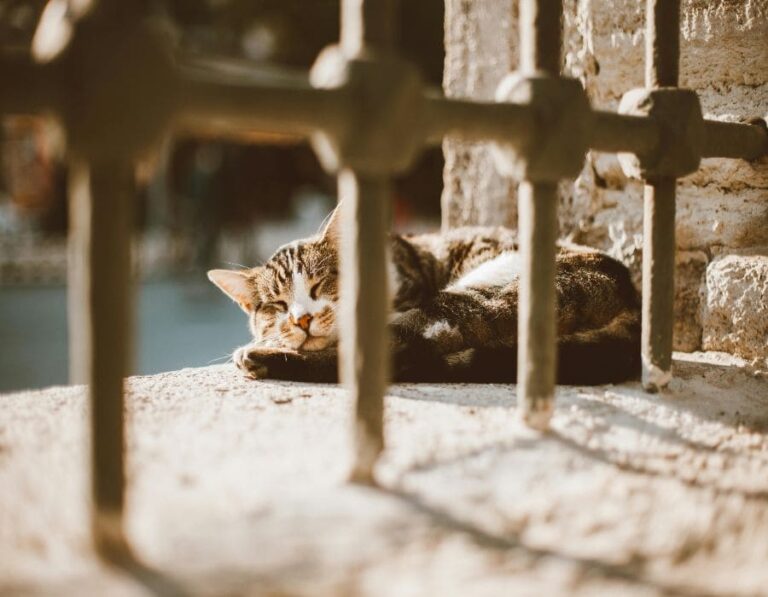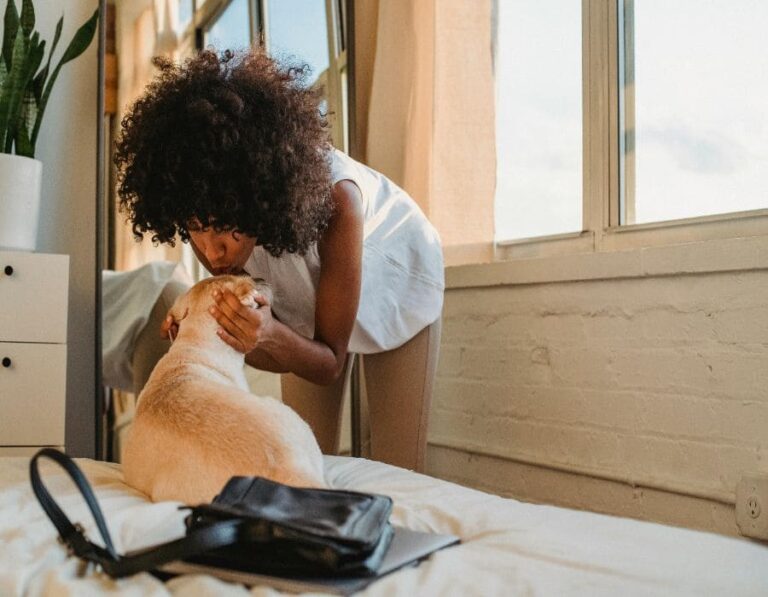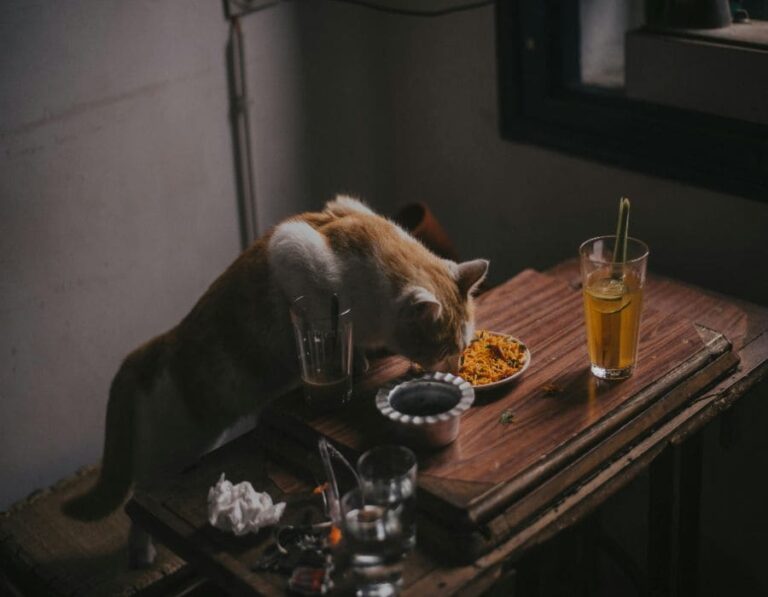10 Reasons Not to Get a British Shorthair and What to Consider Instead
The British Shorthair is one of the most popular and beloved cat breeds, known for its round face, plush coat, and calm demeanor. However, while they make wonderful pets for the right owners, they aren’t for everyone.
Before bringing a British Shorthair into your home, here are 10 reasons why this breed may not be the best fit for you.
1. They Are Not Lap Cats
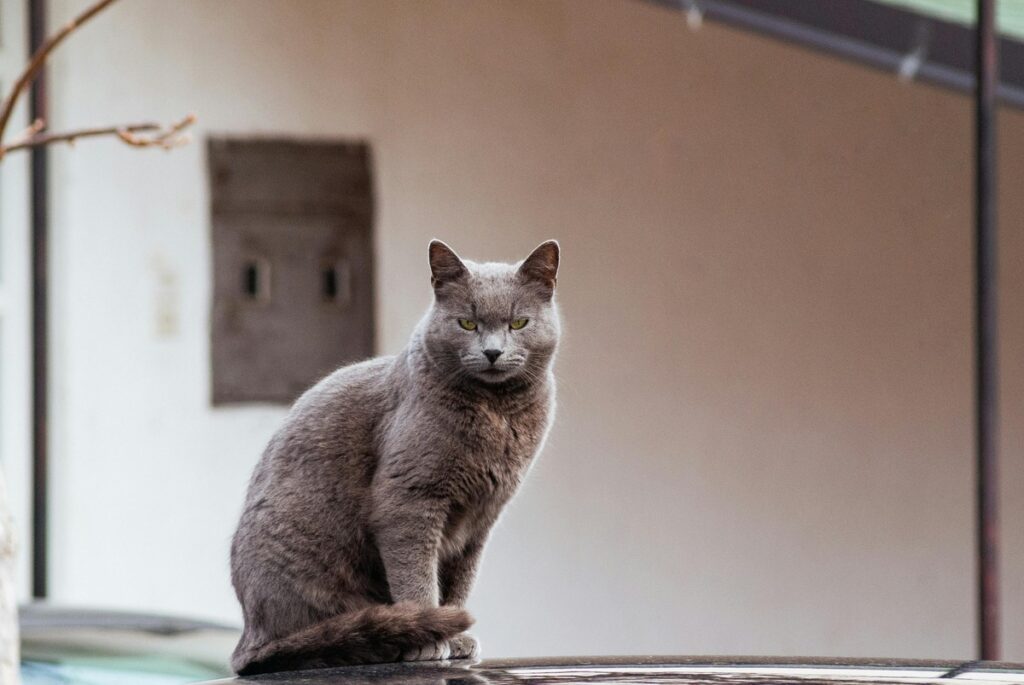
Despite their teddy bear appearance, British Shorthairs are not the cuddliest of cats. Unlike breeds that love constant affection, they prefer independent companionship over sitting on laps.
They may follow you around the house and enjoy being near you, but don’t expect them to crave snuggles. If you’re looking for a clingy, affectionate lap cat, this breed may disappoint you.
Consider Instead: Ragdolls or Maine Coons, which tend to be more affectionate.
2. They Have a Slow Maturity Rate
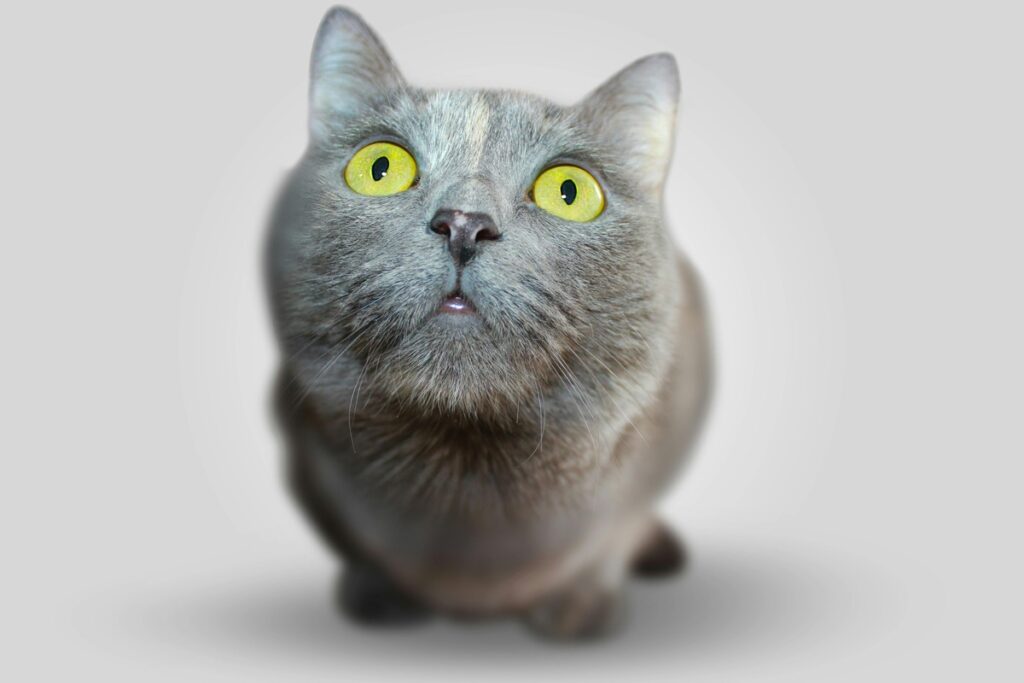
British Shorthairs take longer to reach full maturity compared to other cat breeds. While most cats reach adulthood by 12 months, British Shorthairs continue growing until they are 3–5 years old.
This means you’ll have to wait longer for them to develop their full personality and adult size, which may not be ideal for those looking for a more predictable, settled cat early on.
Consider Instead: Siamese or Bengals, which mature faster and show their personality early on.
3. They Can Be Quite Lazy
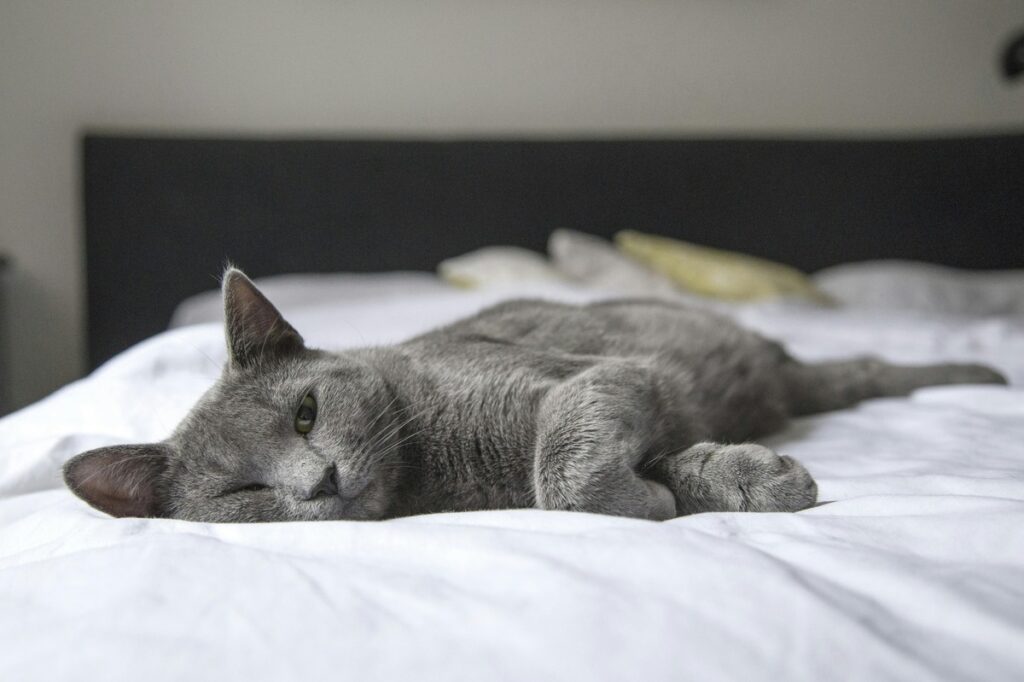
British Shorthairs are not very active cats. While they enjoy short bursts of play, they tend to prefer lounging around rather than chasing toys all day.
If you’re looking for an energetic and playful cat, this breed may not be engaging enough. Their laid-back nature also makes them prone to weight gain, requiring careful diet control.
Consider Instead: Abyssinians or Bengals, which are high-energy breeds that love to play.
4. They Are Prone to Obesity
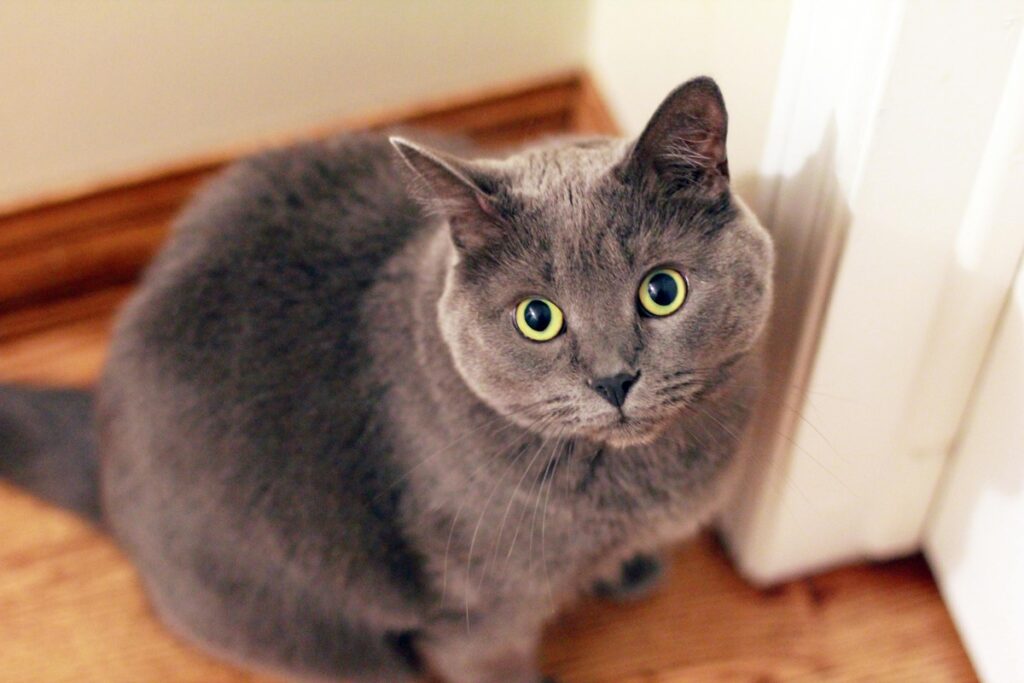
Due to their stocky build and laid-back personality, British Shorthairs have a high risk of obesity. They don’t have the natural high-energy levels of some other breeds, so they require controlled feeding and regular exercise.
Without proper portion control and stimulation, they can become overweight quickly, leading to joint problems, diabetes, and heart disease.
Consider Instead: More active breeds like Turkish Angoras, which are less prone to obesity.
5. They Require Regular Grooming
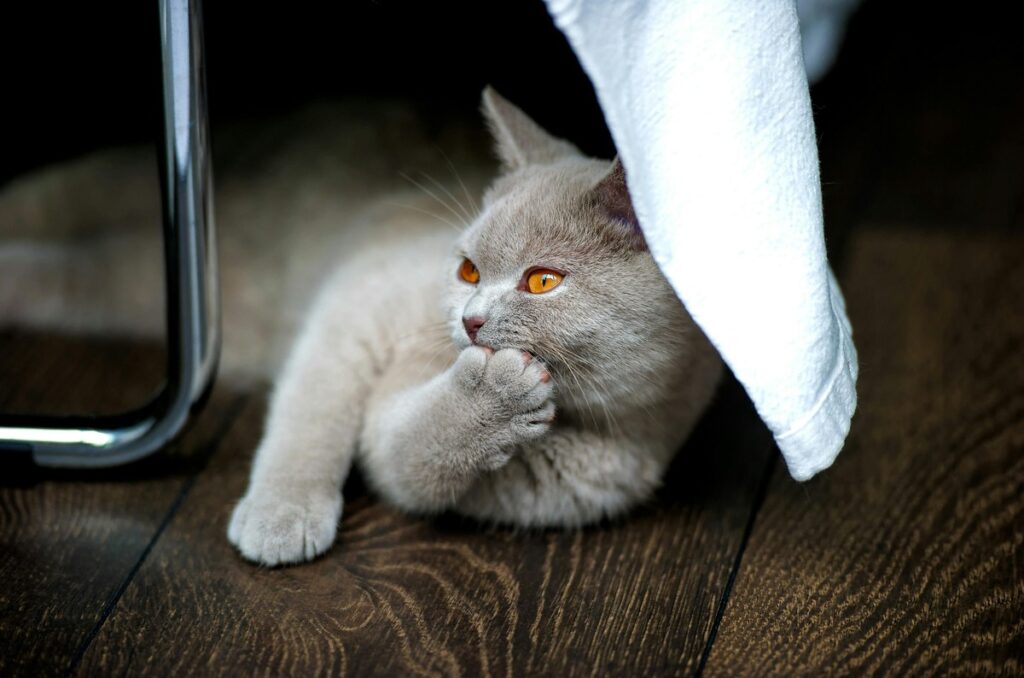
While they don’t have long fur, British Shorthairs still require regular grooming. Their thick, dense coat sheds year-round and needs brushing at least twice a week to prevent matting and excessive shedding.
During seasonal shedding periods, they can leave hair everywhere, making them less ideal for allergy sufferers or people who dislike frequent vacuuming.
Consider Instead: Russian Blues or Burmese cats, which shed less and require minimal grooming.
6. They Can Be Standoffish with Strangers
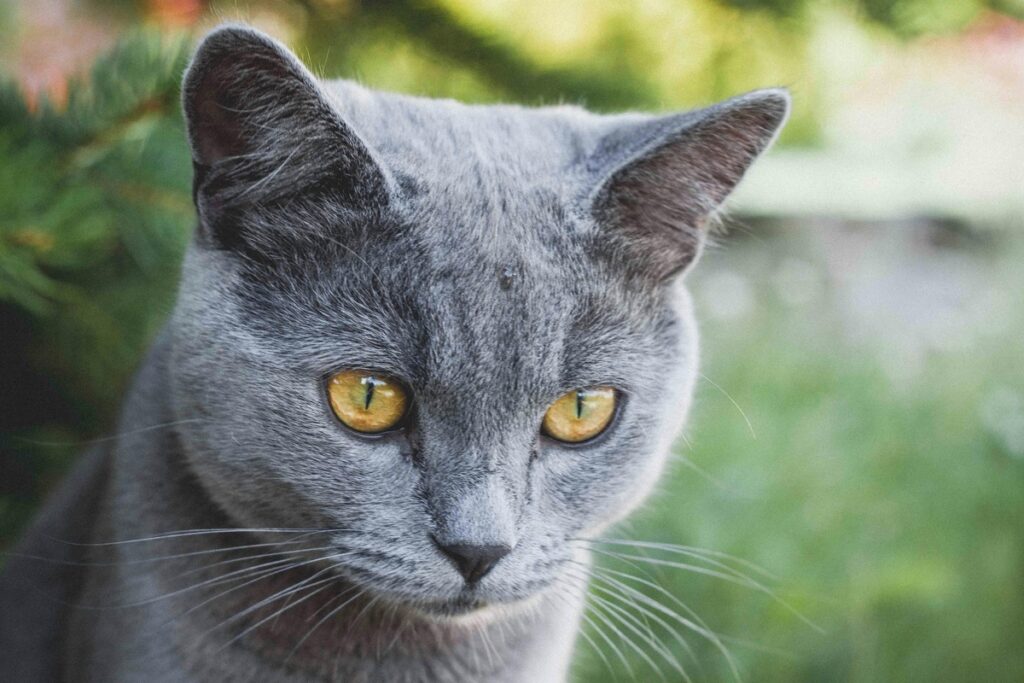
British Shorthairs are loyal to their families but can be aloof with new people. Unlike some cats that warm up to strangers quickly, British Shorthairs take time to trust new people and may prefer to observe from a distance.
If you want a cat that will instantly bond with everyone in the household, this breed may not be the best choice.
Consider Instead: Ragdolls or Scottish Folds, which are naturally more friendly with strangers.
7. They Are Prone to Certain Health Issues
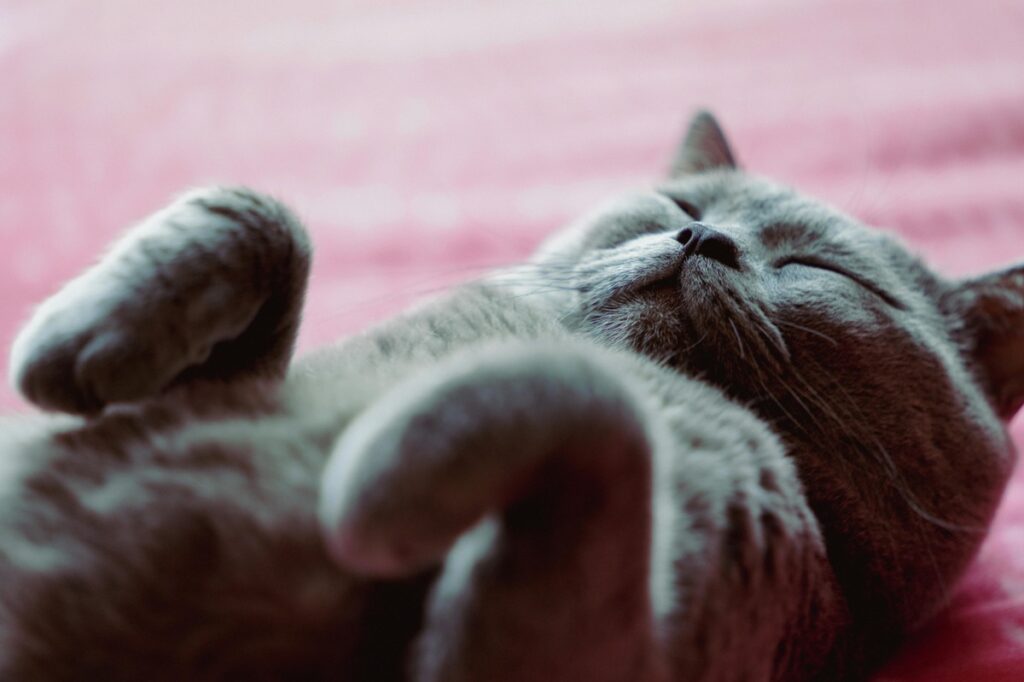
While generally a healthy breed, British Shorthairs are prone to some hereditary health problems, including:
• Hypertrophic Cardiomyopathy (HCM) – A common heart disease in cats.
• Polycystic Kidney Disease (PKD) – Can lead to kidney failure.
• Obesity-related conditions – Diabetes, arthritis, and breathing difficulties.
Consider Instead: Mixed-breed cats or breeds with fewer genetic health concerns, such as the American Shorthair.
8. They Are Expensive to Buy
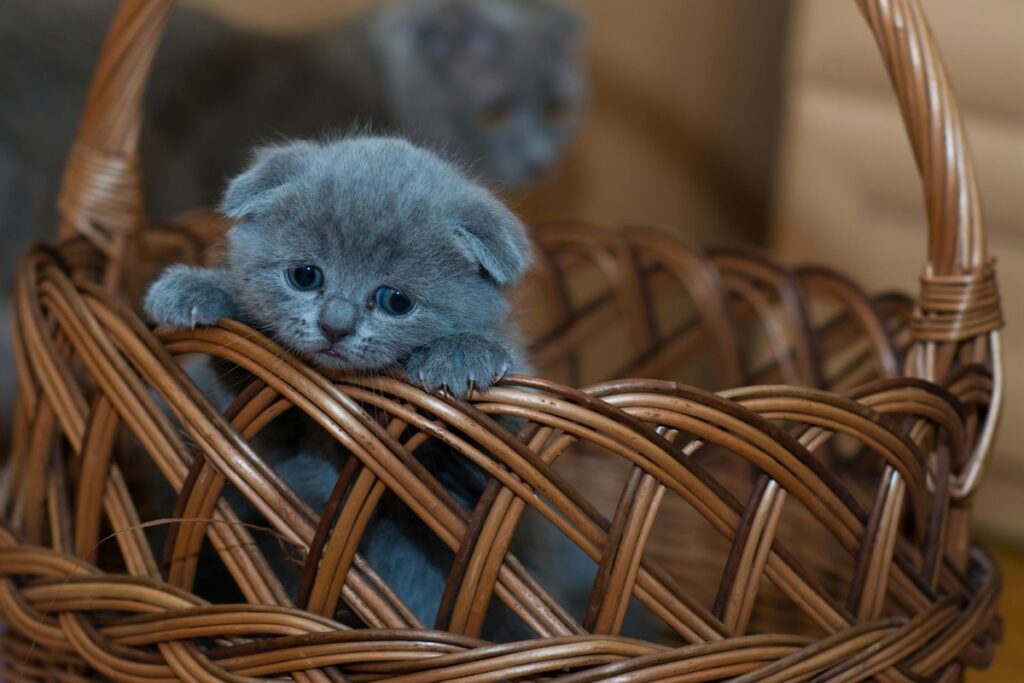
British Shorthairs are one of the most expensive cat breeds due to their popularity and pedigree. A purebred kitten can cost anywhere from $1,500 to $3,000, depending on the breeder and lineage.
If you’re looking for an affordable cat, this breed may not be ideal. Additionally, their health screenings and high-quality diet can add to long-term costs.
Consider Instead: Domestic Shorthairs or rescues, which cost significantly less and still make great pets.
9. They Don’t Like Being Carried
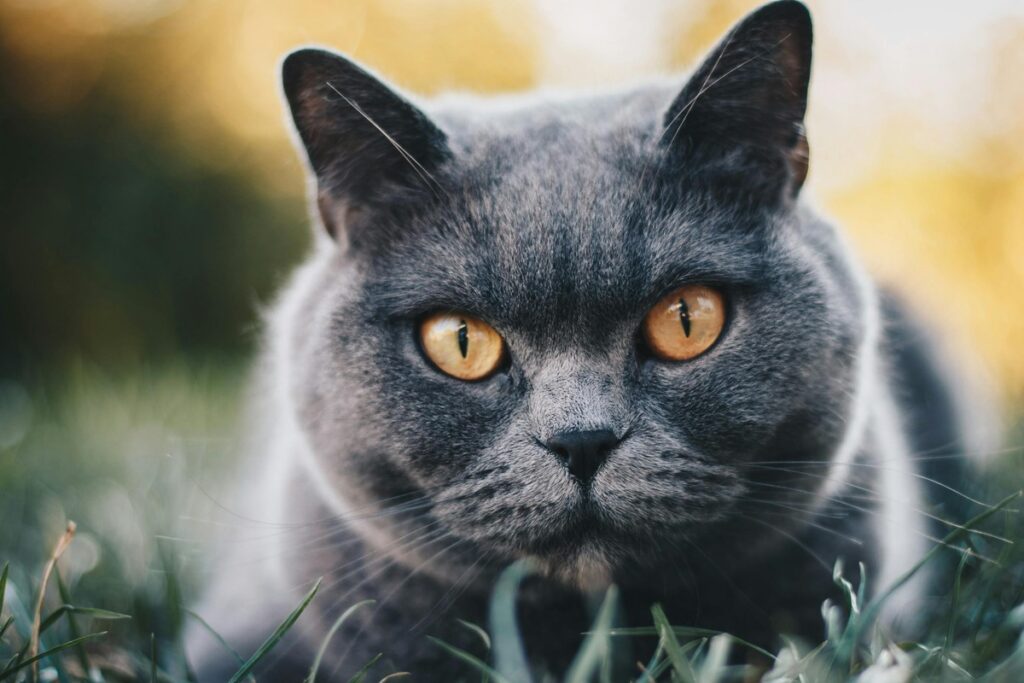
Unlike some cat breeds that enjoy being picked up and held, British Shorthairs prefer to keep their paws on the ground. If you force them into your arms, they may struggle to get away.
This makes them less suitable for young children, who may want a cat they can carry around and cuddle.
Consider Instead: Siamese or Burmese cats, which love being carried and handled.
10. They Can Be Independent and Aloof
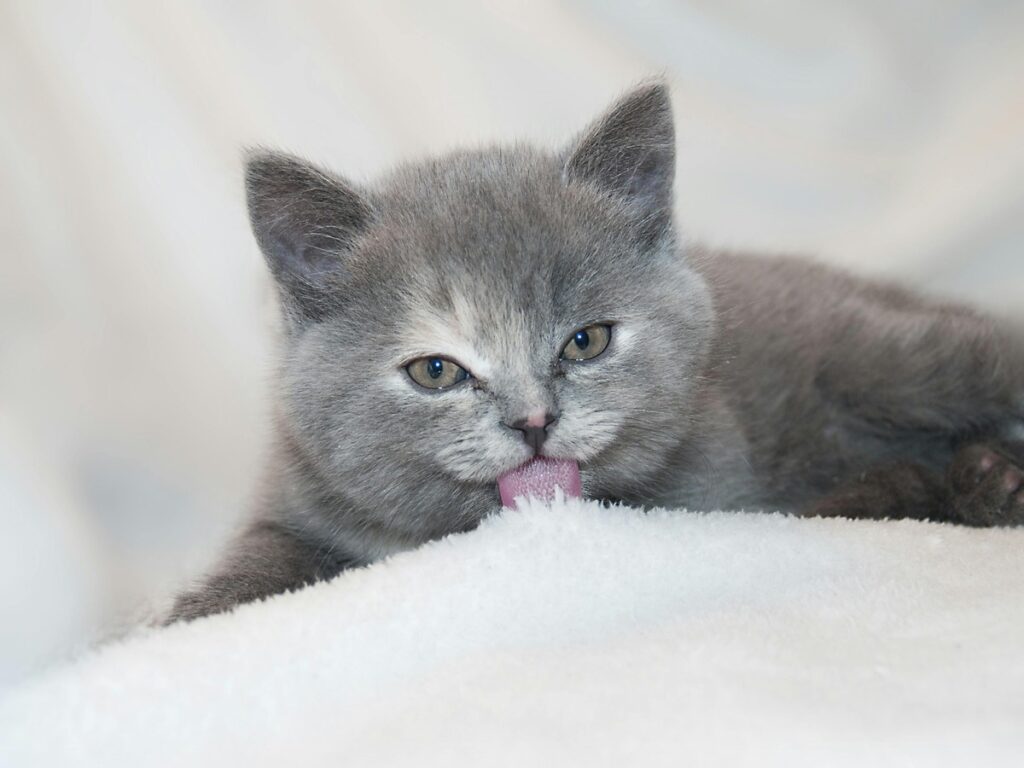
British Shorthairs are independent cats that don’t constantly seek attention. They enjoy spending time with their owners, but they aren’t needy or clingy.
If you want a cat that will follow you everywhere, demand affection, or engage in constant interaction, this breed might not be the best choice.
Consider Instead: Maine Coons or Persians, which tend to be more affectionate and people-oriented.
Is a British Shorthair Right for You?
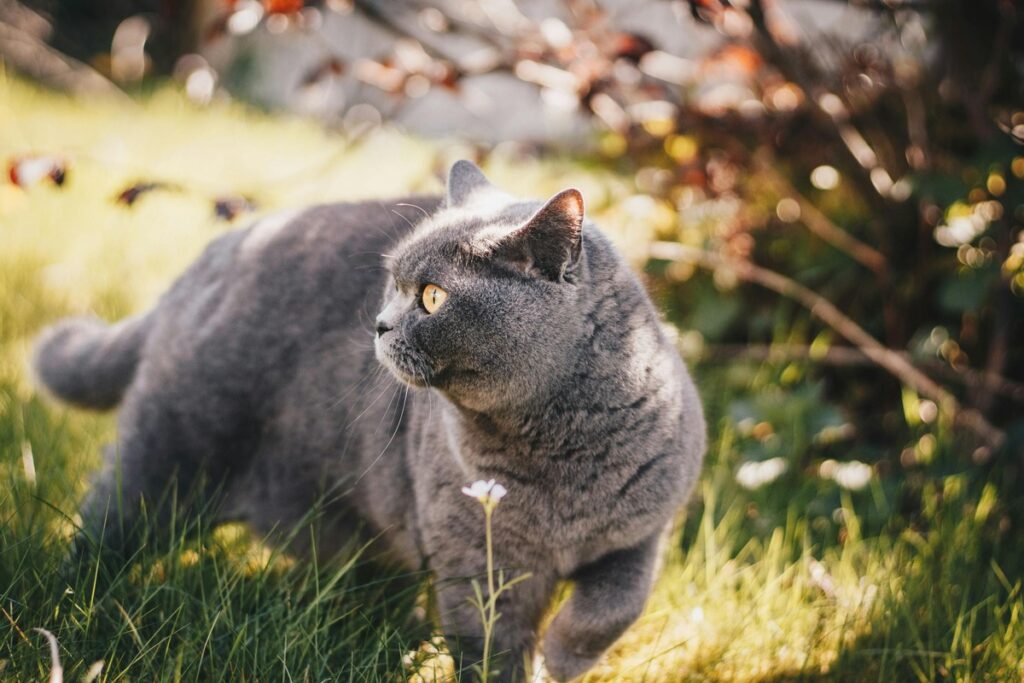
British Shorthairs are beautiful, low-maintenance, and easygoing cats, but they aren’t for everyone. If you want a high-energy, super-affectionate, or lap-loving pet, this breed may not be the best fit.
However, if you’re looking for a calm, independent, and dignified companion, a British Shorthair can be a wonderful choice—as long as you understand their unique traits and care needs.
Still thinking about adopting? Consider visiting a local shelter or breeder to meet a British Shorthair in person before making your decision!

